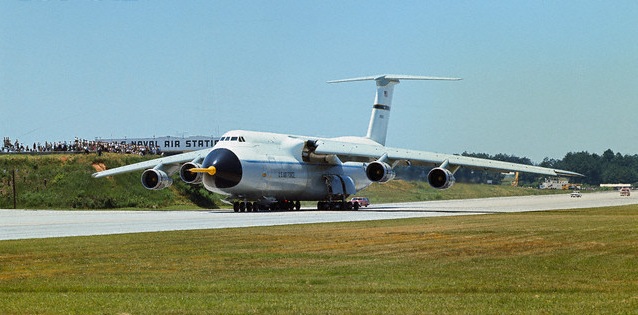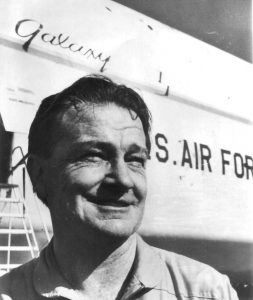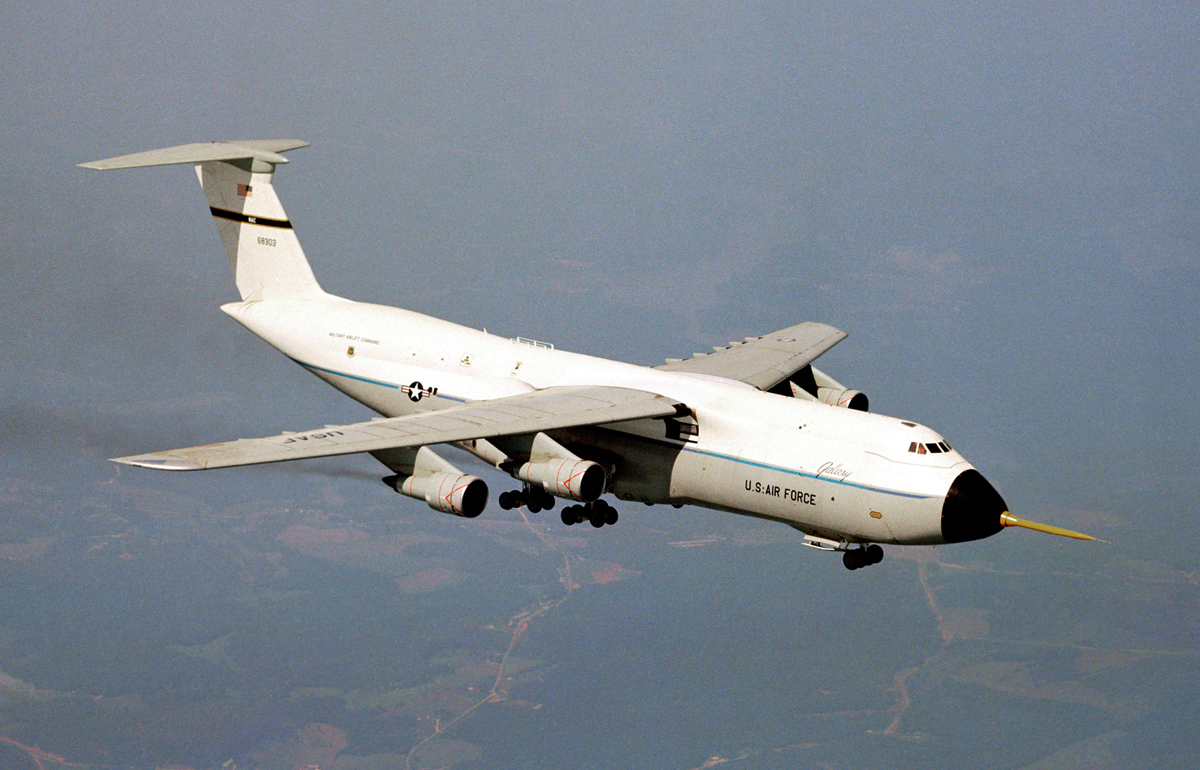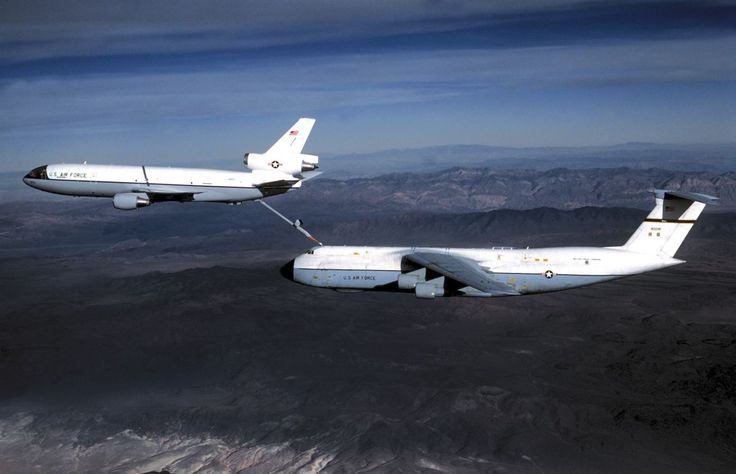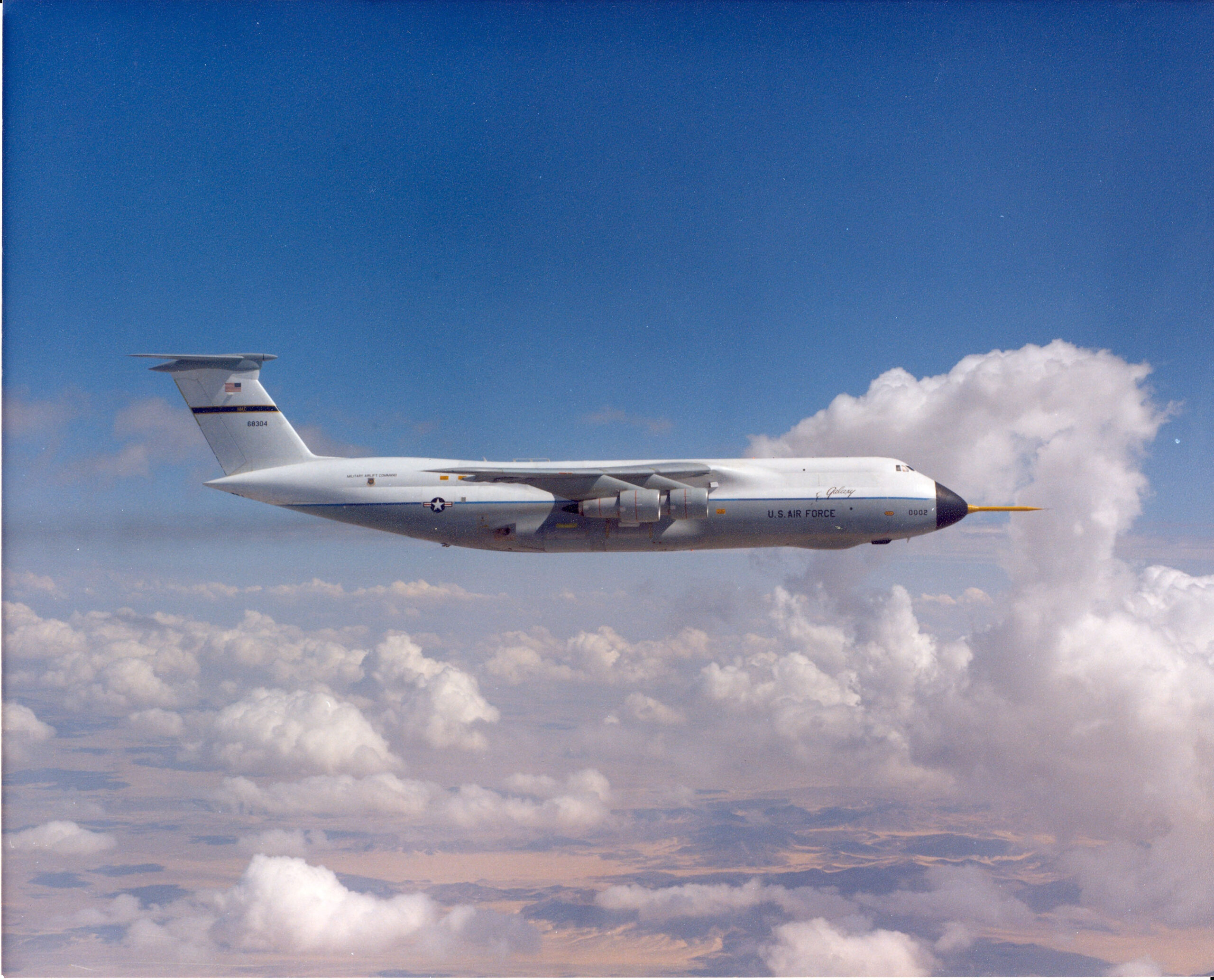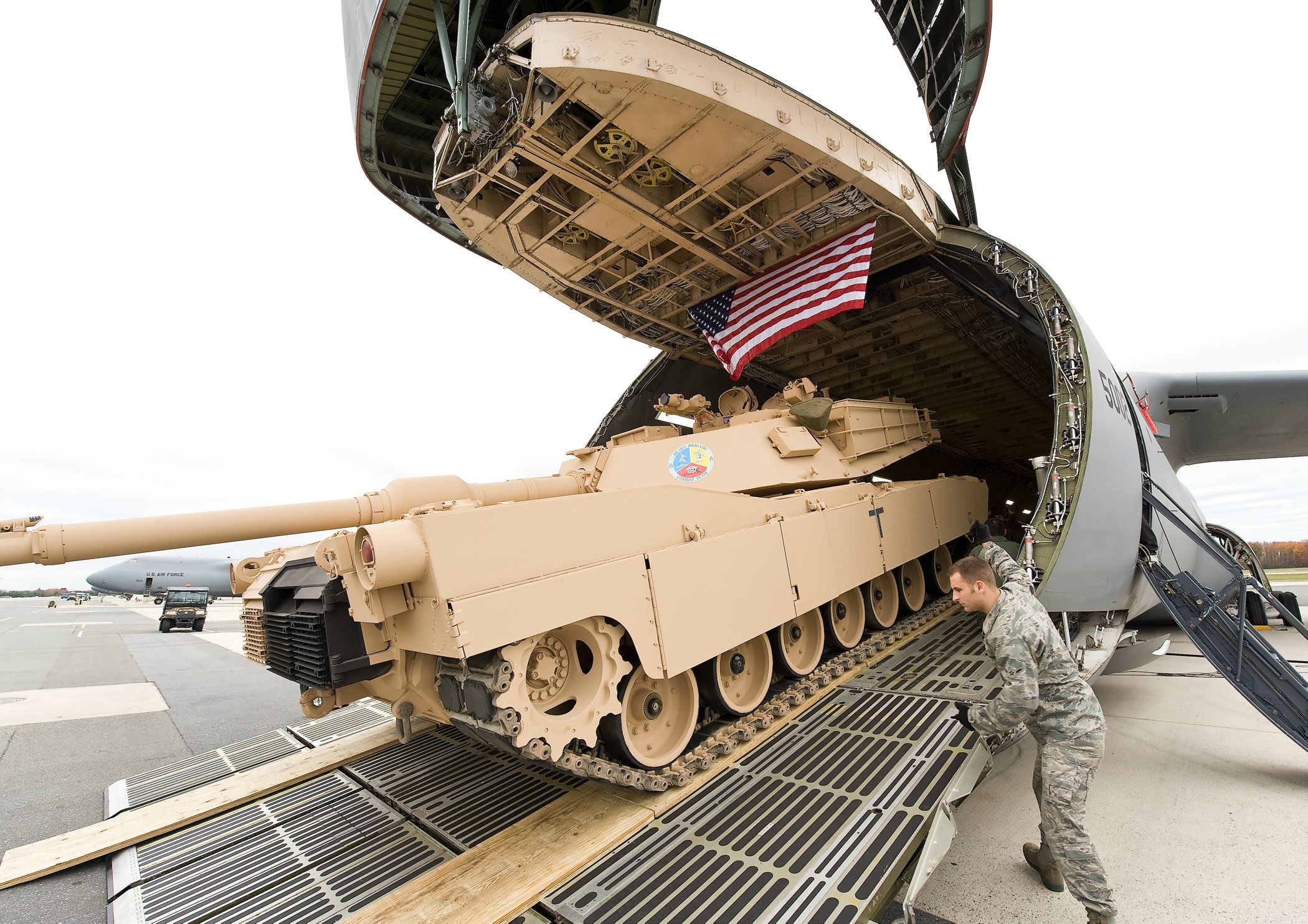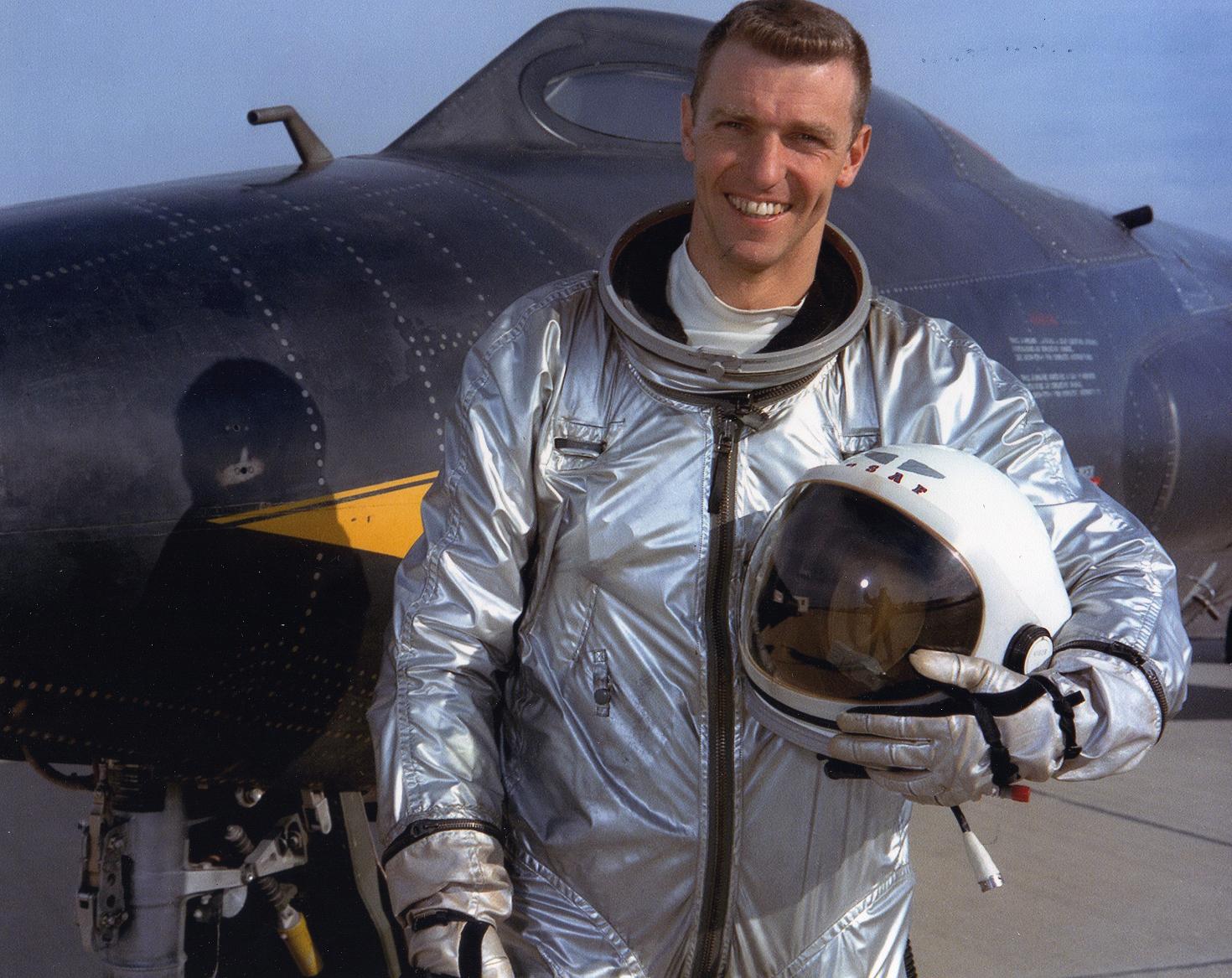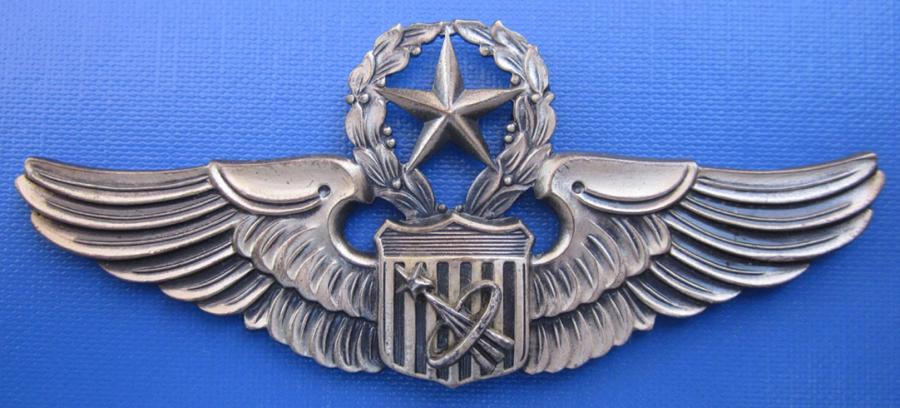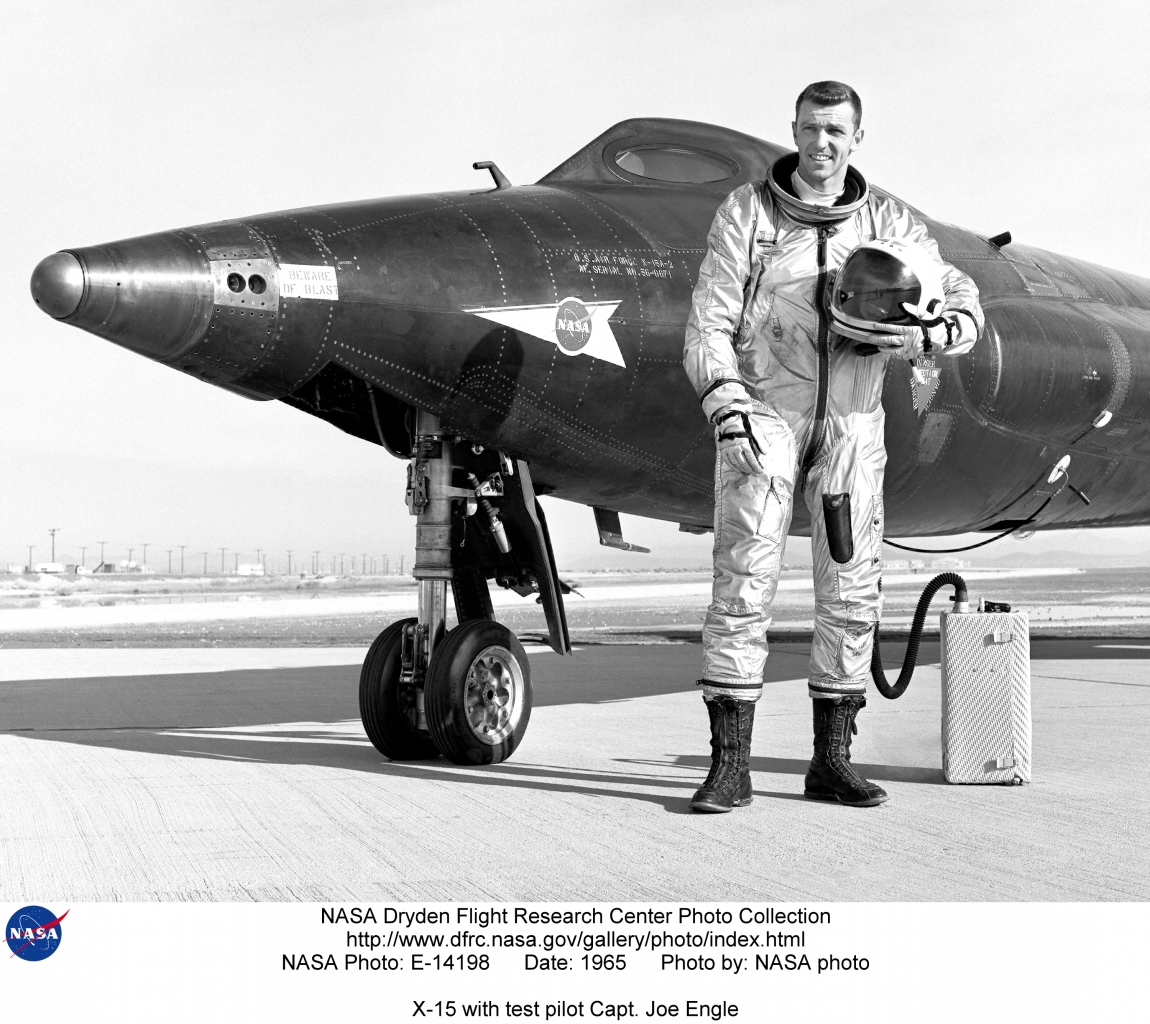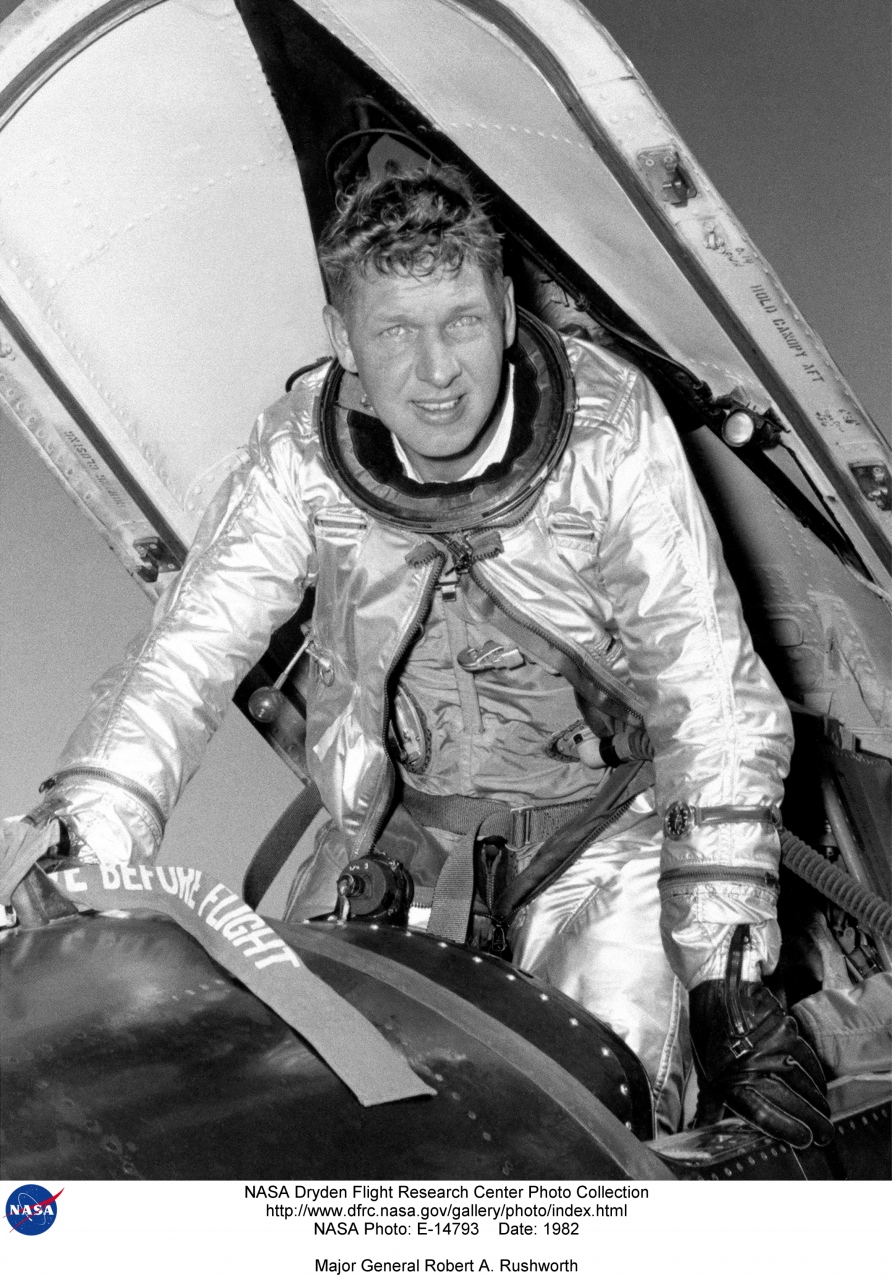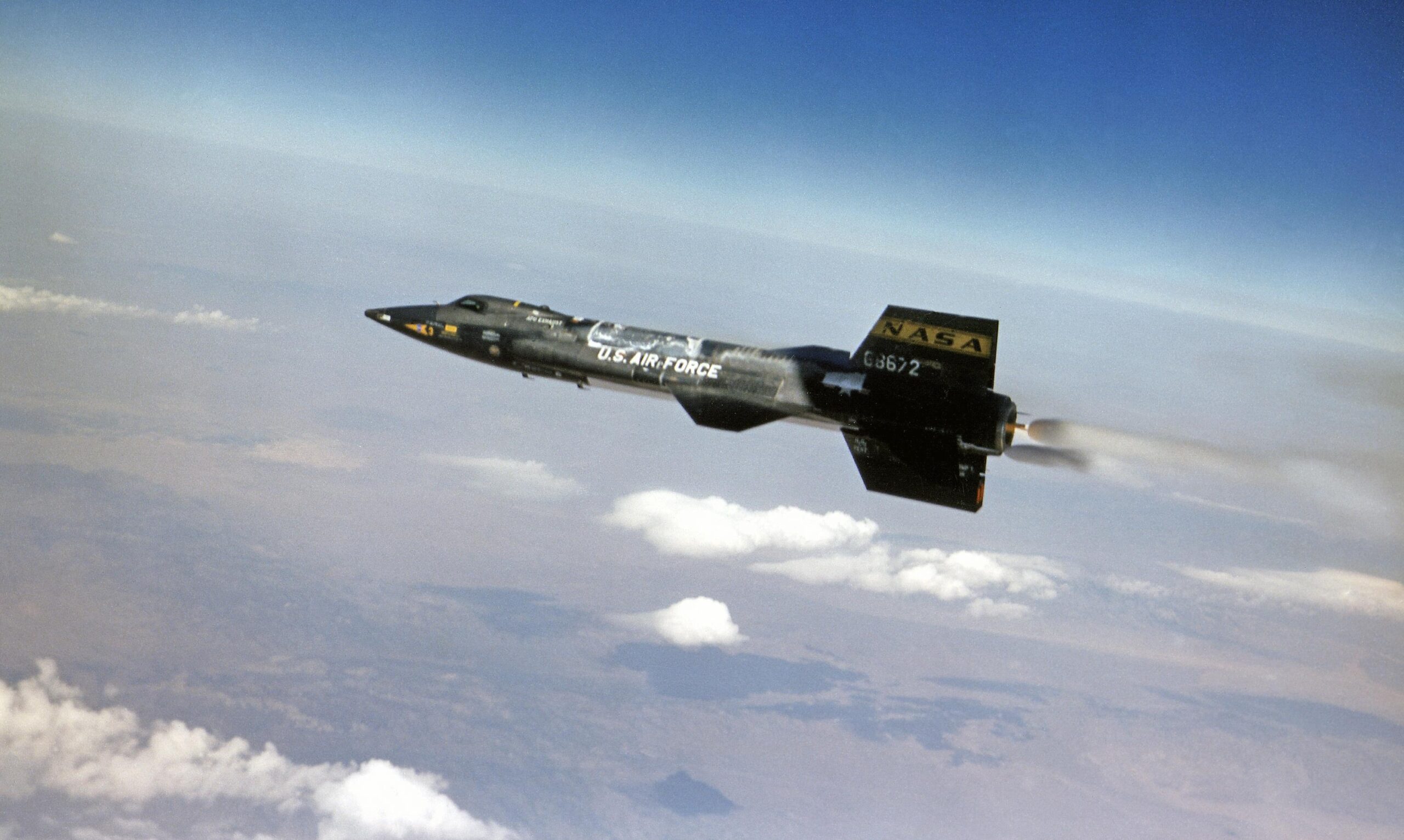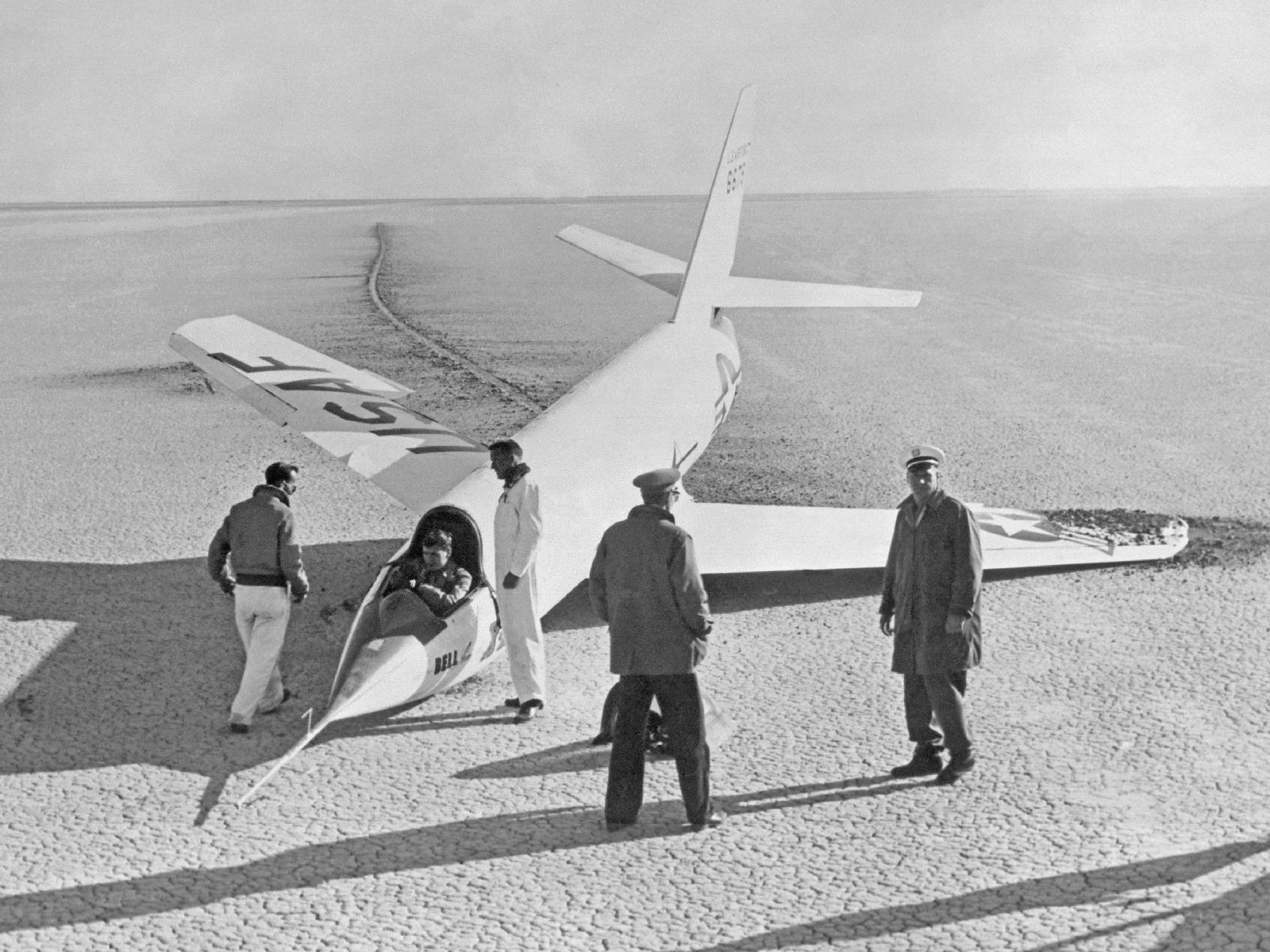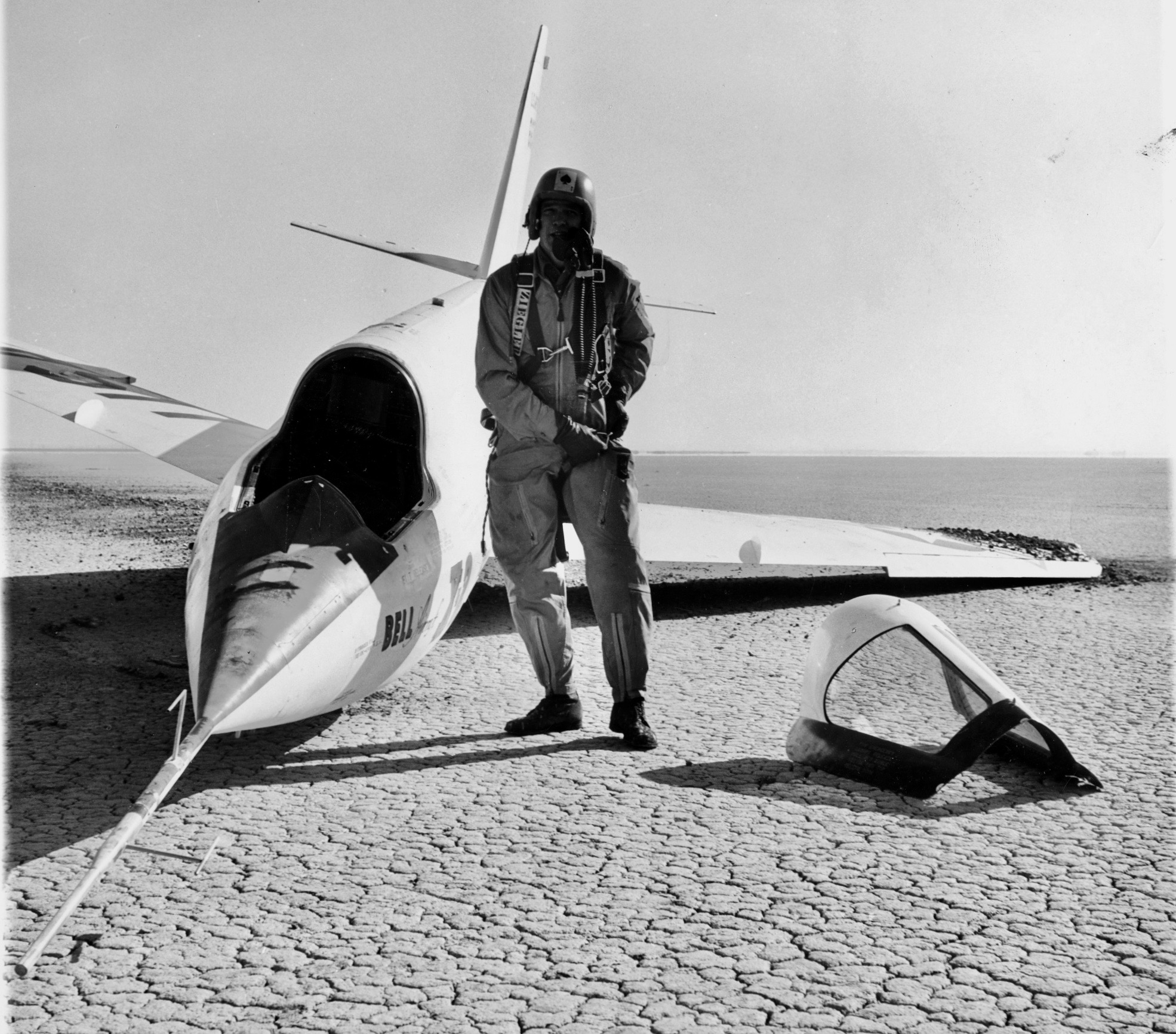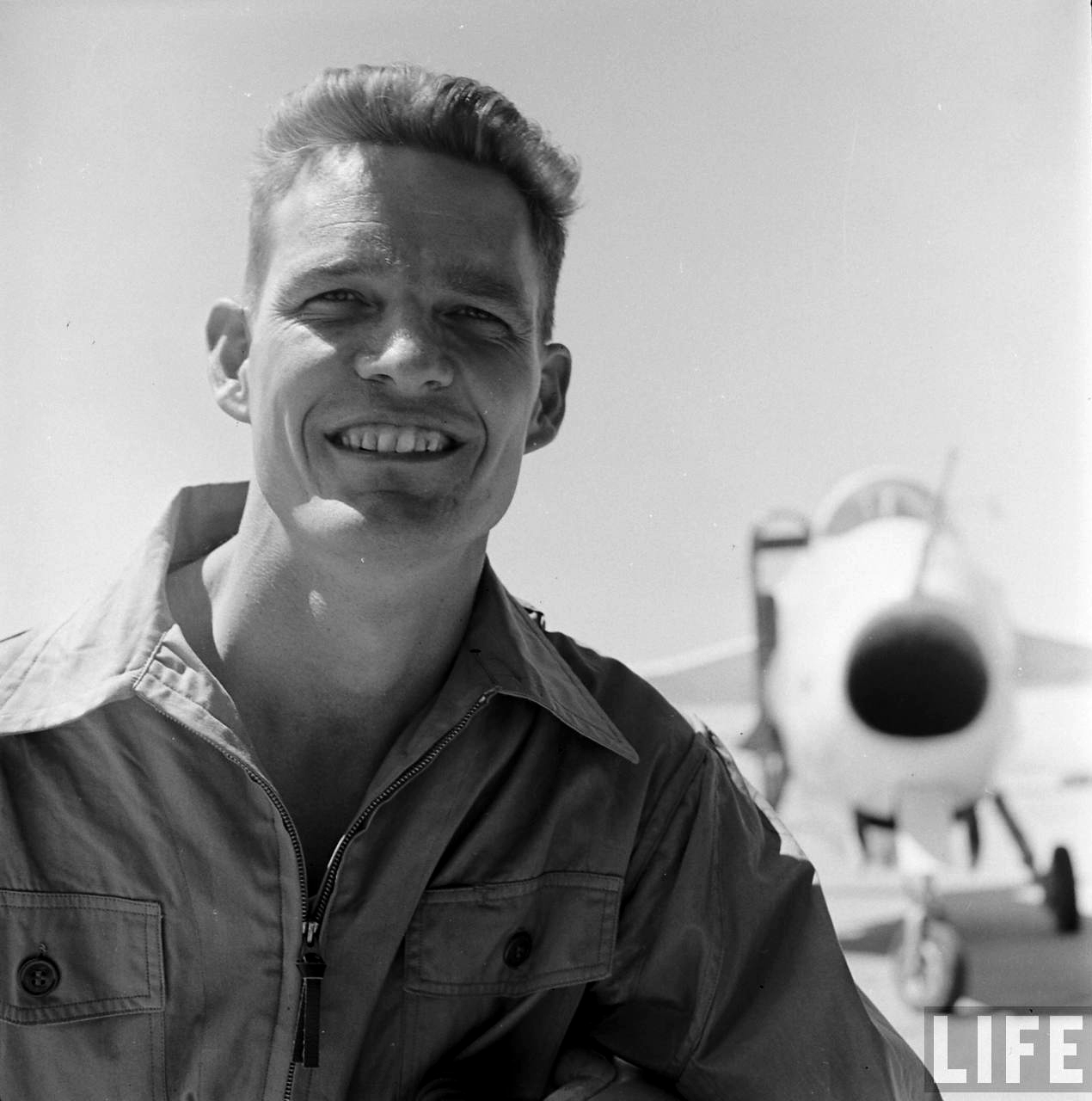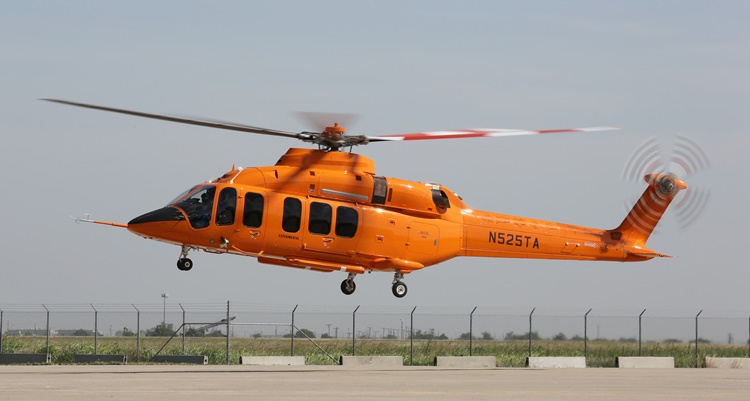
![]() 1 July 2015: Bell Helicopter’s new medium transport helicopter, the Model 525 Relentless, N525TA, made its first flight at Bell’s assembly plant in Amarillo, Texas. Test pilots Troy Caudill and Jeff Greenwood were in the cockpit.
1 July 2015: Bell Helicopter’s new medium transport helicopter, the Model 525 Relentless, N525TA, made its first flight at Bell’s assembly plant in Amarillo, Texas. Test pilots Troy Caudill and Jeff Greenwood were in the cockpit.
The Bell 525 is the first helicopter to use fly-by-wire flight controls. Side stick controllers replace the customary cyclic and collective controls. For the first time for Bell, the 525 uses a five blade main rotor and four blade tail rotor.
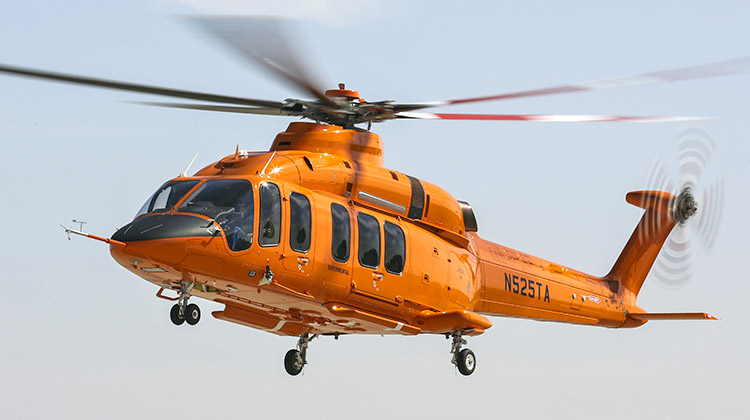
The helicopter is designed to be operated by two pilots and carry up to 18 passengers. It is powered by two General Electric CT7-2F1 turboshaft engines, each rated at 1,714 shaft horsepower, maximum continuous power, and 1,979 shaft horsepower for takeoff.
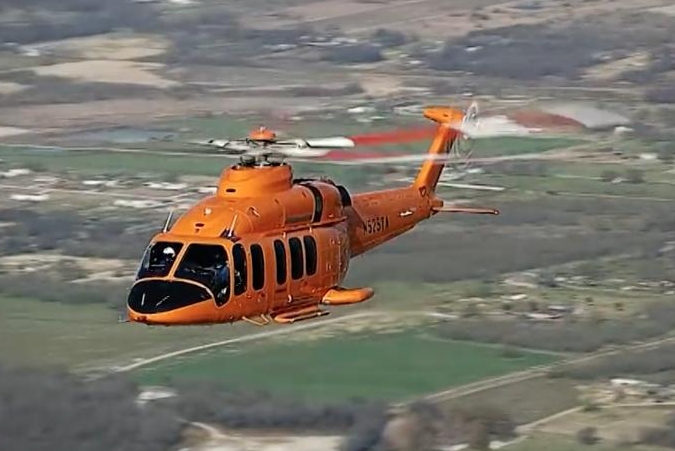
The Model 525 is the largest helicopter built by Bell. It has an overall length of 64.81 feet (19.75 meters) with rotors turning. The fully-articulated main rotor has a diameter of 54.50 feet (16.62 meters) and rotates counter-clockwise, as seen from above. (The advancing blade is on the helicopter’s right.) The mast tilts forward 5°. The four bladed tail rotor is mounted on the left side of a pylon and rotates clockwise when viewed from the helicopter’s left side. (The advancing blade is below the axis of rotation.) It has a diameter of 10 feet (3.05 meters). The pylon is canted to the left at 15°. The 525 Relentless has a maximum gross weight of 20,000 pounds (9,072 kilograms).
The Model 525 has a maximum cruise speed of 160 knots (184 miles per hour/296 kilometers per hour), and maximum range of 580 nautical miles (1,074 kilometers). At its maximum gross weight the helicopter can hover in ground effect (HIGE) at 10,700 feet (3,261 meters), and out of ground effect (HOGE) at 8,100 feet (2,469 meters).
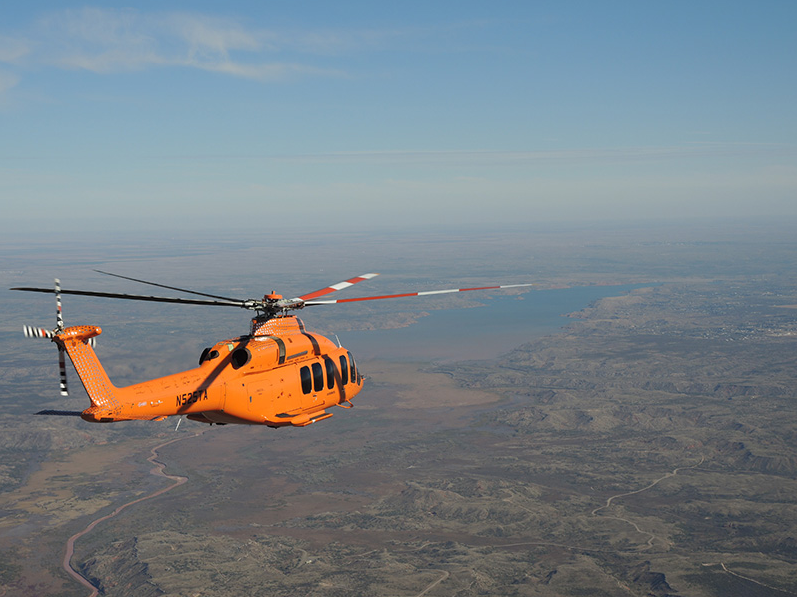
N525TA was destroyed during a test flight approximately 30 miles south of Arlington, Texas, 11:48 a.m., 6 July 2016. While conducting a test to determine never exceed speed (VNE) for single-engine flight, the 525 was flying 185 knots (213 miles per hour/343 kilometers per hour) at 1,975 feet (602 meters), the main rotor blades “departed their normal plane of rotation” and struck the nose and tail. The two test pilots on board, Jason Cori Grogan and Erik Allan Boyce, were killed. Both were majors in the United States Marine Corps Reserve, assigned to HMLA 773. Each pilot was a graduate of the U.S. Naval Test Pilot School.
The National Transportation Safety Board (NTSB) determined that the Probable Cause was:
A severe vibration of the helicopter that led to the crew’s inability to maintain sufficient rotor rotation speed (Nr), leading to excessive main rotor blade flapping, subsequent main rotor blade contact with the tail boom, and the resultant in-flight breakup. Contributing to the severity and sustainment of the vibration, which was not predicted during development, were (1) the collective biomechanical feedback and (2) the attitude and heading reference system response, both of which occurred due to the lack of protections in the flight control laws against the sustainment and growth of adverse feedback loops when the 6-hertz airframe vibration initiated. Contributing to the crew’s inability to maintain sufficient Nr in the severe vibration environment were (1) the lack of an automated safeguard in the modified one-engine-inoperative software used during flight testing to exit at a critical Nr threshold and (2) the lack of distinct and unambiguous cues for low Nr.
There are currently three 525s undergoing flight testing. The Federal Aviation Administration certified the Bell 525’s CT7 engines in March 2019.
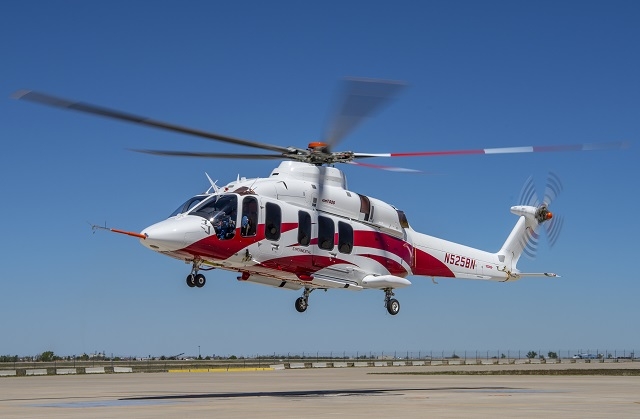
© 2020, Bryan R. Swopes
